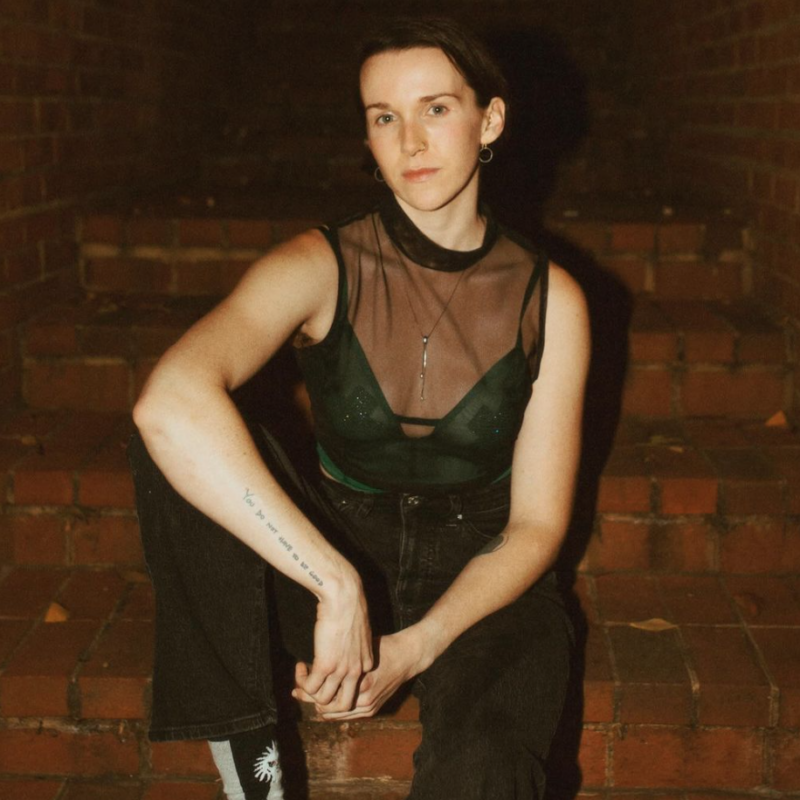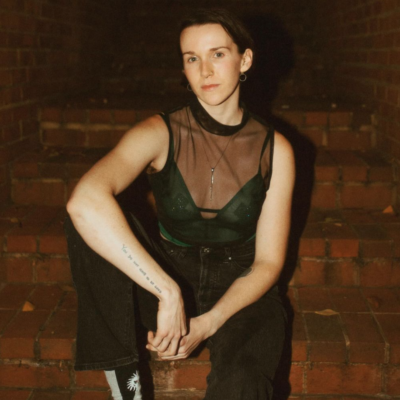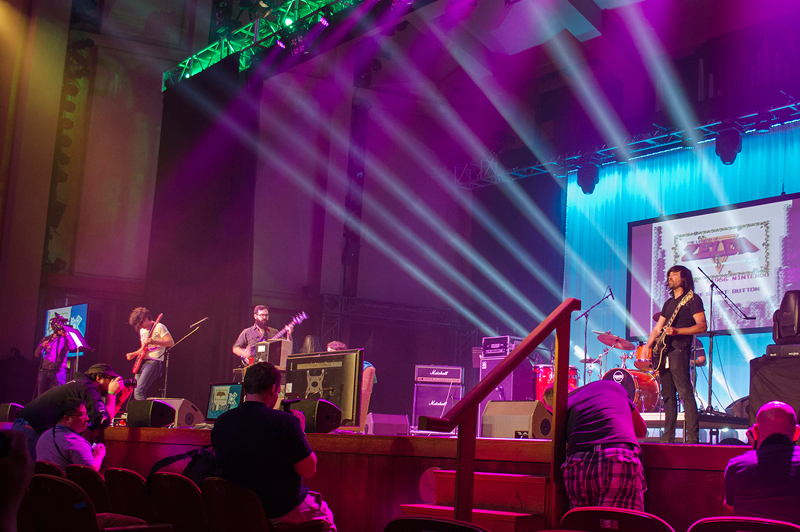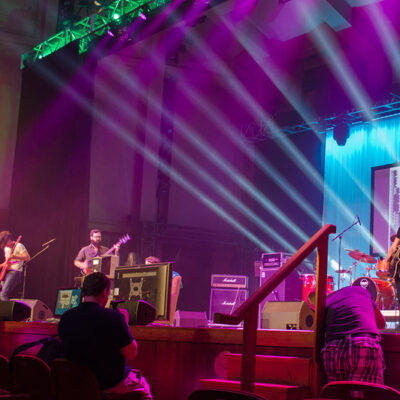It’s easy to go into Prince of Persia: The Sands of Time believing that film is dead. And easier still to believe it on the way out. Bear in mind, time flows backwards in this movie in a way that fosters hope that even the deadest of beloved things might be restored to life, even permanence. Also bear in mind that it was based on a video game.
|
A magical dagger has the power to turn back time in this adventure flick, starring Jake Gyllenhaal in his first turn at the helm of an action franchise. |
Prince of Persia: The Sands of Time is a fine example of cinematic vitality. It reminds us of something that movies do very well. Namely, they resist adaptation from video games. Here we are, with a hairy, hunky Jake Gyllenhaal and a pretty, pouty Gemma Arterton, in an epic adventure about a dagger that’s also a time machine. The sands of time are not metaphorical. They are actual grains of sand, without which the dagger can’t do its thing.
It’s important to establish this baseline level of subtlety, by which we can charitably measure supporting performances from Ben Kingsley and Alfred Molina. For that matter, with so many Brits around, including director Mike Newell, perhaps it was perfectly fair for Gyllenhaal to redress his non-Persianness by affecting the official adventure movie British accent.
Prince of Persia does contain some concessions to old-fashioned movie storytelling. It harks, however clumsily, back to the romantic adventure serials that influenced George Lucas and Steven Spielberg, who then influenced a generation of video-game enthusiasts to shrug off the kind of cultural insipidity on display here. Stock scenes of agile, impish street urchins scampering around Middle-Eastern bazaars evolve into stock scenes of agile, impish warriors doing battle among computer-generated Middle-Eastern rooftops, right before our jaundiced eyes.
Speaking of jaundice, everything and everyone in Prince of Persia has a disconcerting golden glow. Has there been an epidemic of hepatitis? Is that what all this hostility really is about? If the protagonists seem too hesitant to kiss each other, coming close more times than is charming, maybe it’s because they have real health concerns. Anyway, it can’t be easy to make these two beautiful people seem sometimes hard to look at, but Newell somehow has done it. And if his camera folk and editors tried to help, they didn’t much succeed: The movie’s full of weird framings and awkward cuts.
Which goes to show, paradoxically, that cinema can’t be dead. Not while other media, like video games, continue trying to become cinema—in this case, by actually scripting in all those dull explanatory parts you’d normally push your controller button to skip over. Sure, Prince of Persia is watchable, but only as a game that’s been rendered unplayable.






